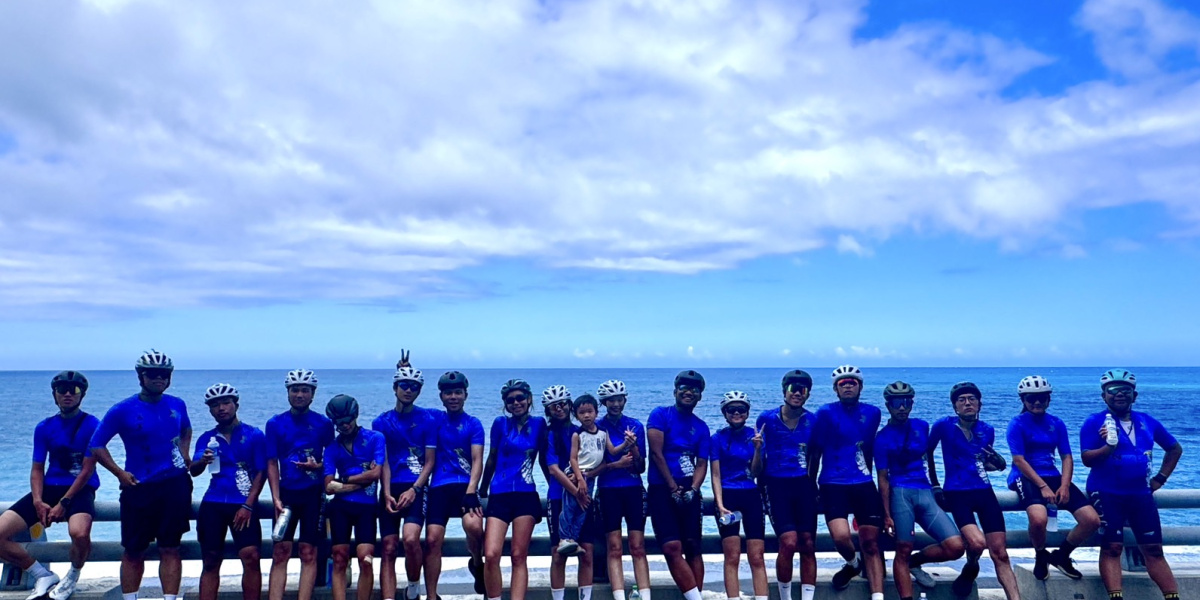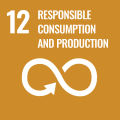Between Challenge and Applause - Junyi School of Innovation’s Outdoor Education Program
Under the Taitung sky, a new chapter of youth is unfolding. The 17-year-old students of Junyi School of Innovation, at the peak of their adolescence, journeyed across the island on bicycles, communed with the sea through paddling, and climbed the mountains with humility.
(Note: Through the Outdoor Education program, they embark on a profound journey of encountering themselves, others, and nature.)
We can go as far as we are prepared to go
Rowing to Green Island or completing a 72-hour round-island cycling journey, even when completed in relay, may sound like extreme undertakings. Yet, Junyi’s Outdoor Education is not simply about testing physical endurance or outdoor survival. Instead, using cycling, the ocean, and the mountains as the medium, it guides students through a cross-disciplinary curriculum from preparation and daily training to the actual journey allowing body and mind to experience self-discovery and develop non-cognitive abilities. This is one of Chair Stanley Yen’s aspirations for the program.
One of the Outdoor Education teachers, Rahic Sra shares, “Outdoor education is an art. As teachers, we must be sensitive in balancing the intensity of challenge with the students’ readiness. When students are full of energy but given tasks that are too easy, they quickly lose interest. But if we push them into challenges beyond their preparation, it can lead to frustration or even danger.”
We can go as far as we are prepared to go. Teacher Rahic Sra often reminds his students with this phrase. Surpassing the goals achieved by the previous class is never the ultimate purpose of the course. When students are mentally and physically prepared, they might one day be ready to challenge the Himalayas. But without preparation, even the smallest task could carry risk. The goal is to maintain a learning attitude that is both courageous and humble, finding balance between adventure and safety, learning to respect nature, and fostering teamwork and collaboration.
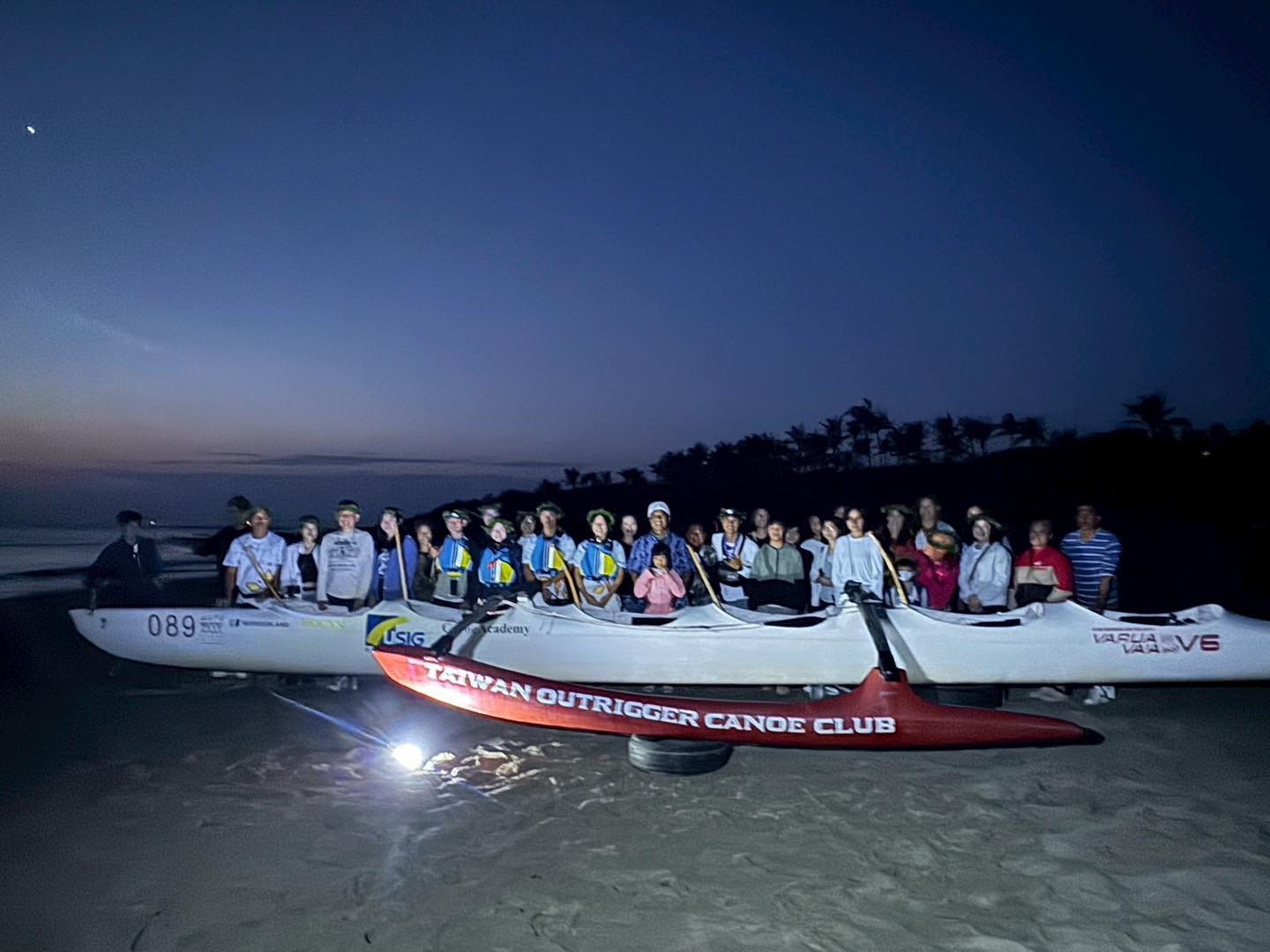
Whole School in Motion
In fact, the journey to sail to Green Island crossing the Kuroshio Current had already begun taking shape when students of the Outdoor Education program’s ocean exploration group were in tenth grade. Starting from boat modeling, they learned about structure, mathematics, and ocean currents, and even explored Taiwan’s history of Austronesian migration. When the second semester of eleventh grade began, they held fixed training sessions every Tuesday and Thursday.
“Just getting out of bed at 5:00 a.m. during winter was already a challenge,” one teacher remarked. Even the staff couldn’t help but be impressed that at 6:00 a.m. at Flowing Lake, one could see a group of students paddling with full strength. After two hours of practice, they would head straight back to school for class. Under the guidance of coaches from the Taiwan Outrigger Canoe Club (TOCC), they learned to read star maps, plot directions, and paddle in coordination on a six-seat outrigger canoe, alternating turns entering and exiting the water, finding their own rhythm within teamwork.
As the departure day approached, Teacher Rahic Sra and Captain Ray Wang of TOCC realized that the originally scheduled weather conditions were unsuitable for launching. After careful discussion, the school decided to advance the voyage by one week. Once the decision was made, the administrative team immediately sprang into action, completing all coordination with internal and external units within a single day. Other subject teachers also recorded lesson materials so that students could stay focused on training without falling behind in their coursework.
“It was a truly thrilling process,” Director Chien Fang Wu said with a laugh. The thrill wasn’t from hearing that students would be crossing to Green Island, but from the complex behind-the-scenes coordination handled by the administrative teachers from the Ocean Affairs Council and Coast Guard Administration to the county government and port authorities, every step required submitting and revising applications. “It felt like the entire school was moving together!” she said. The scene evoked the ancient Austronesian voyaging culture – our ancestors, observing the stars and the sea, would set sail only at the most favorable time. Today, even though students face their challenge in the 21st century, they still carry that same ancient spirit setting forth only when both time and human effort align in readiness.
“Family, we’re setting sail!”
At 5:02 a.m. on May 3rd, Shanyuan lay cloaked in mist. With a mix of nervousness and anticipation, students stood ready as Junyi parents and Sakinu from the Hunter School held a blessing ceremony on the shore, praying for a safe journey. Ivan, a student from the first departing group, recalled that moment as unforgettable, “At that time, we couldn’t even see where Green Island was. Everything was unknown, but when the coaches and parents helped push our canoe into the sea, it felt like we were all accomplishing something great together!” he said. “Even now, I still get goosebumps thinking about it!”
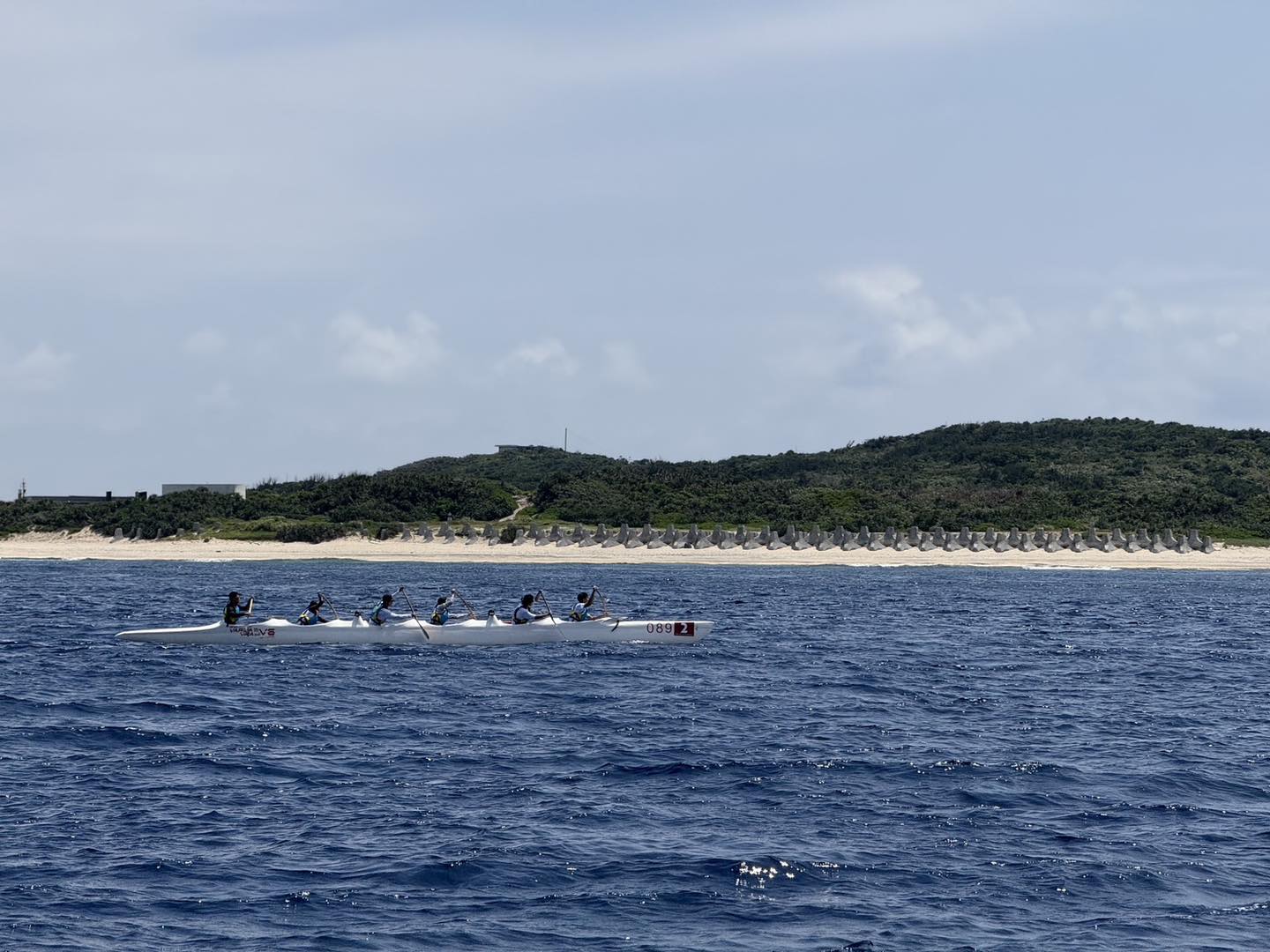
Ivan also recalled that moment how, after weeks of Tuesday and Thursday morning practices, everyone had begun to grow numb. As the training routine became familiar, it started to feel like they were rowing merely for the sake of rowing, forgetting why they were there in the first place. Coach Yvonne from TOCC sensed this mindset and spoke sternly, “If the goal were only to row to Green Island, we could have simply invited professional athletes to do it. But this course means far more than that. It is about crossing the Kuroshio Current, carrying the wisdom of the Austronesian ancestors, and bringing that tradition into the present, transforming it into a practice unique to your generation. What you are doing is an act of respect for the ocean and a search for culture.” When the canoe was finally pushed into the Pacific, and Teacher Rahic Sra shouted loudly, “Family, we’re setting sail!” he suddenly realized that every stroke of the paddle was cutting through layers of history and cultural memory.
Yet Green Island still wasn’t visible in the distance. There was no clear wind direction at sea, no stars in the sky to navigate by, and even the seabirds were flying too close to the shore to serve as guides. From the escort boat, Captain Wang relied on his experience to remind the students, “Keep the sun at a 90-degree angle to your left.” And so, using the most primitive method, they maintained their course. Student Via recalled how, as she waited aboard the escort boat for her turn to replace a rower, her heart was racing with both nervousness and excitement. When she jumped into the sea to swim toward the main canoe, “I had never in my life been surrounded by so much water. The sea and sky were both so blue, the ocean sparkling with light. In that moment, it felt like nothing could bind you – only freedom.”
The sea was calm that day, but some students still became seasick, and others slowed down due to exhaustion, forcing the team to change their rotation order. Fortunately, through the captains’ years of experience and the students’ determination, the voyage that was expected to take seven to eight hours was completed in less than six.
Meanwhile, teachers who had arrived ahead of them were rushing by motorbike toward the harbor, holding the only string of firecrackers on Green Island to welcome them. As the outrigger canoe slowly drew near the shore, the firecrackers crackled through the air, followed by thunderous applause and cheers. The volunteer parents who were supposed to greet the students were still on their way; and in the end, it was the children who stood at the shore, welcoming their parents’ arrival instead.
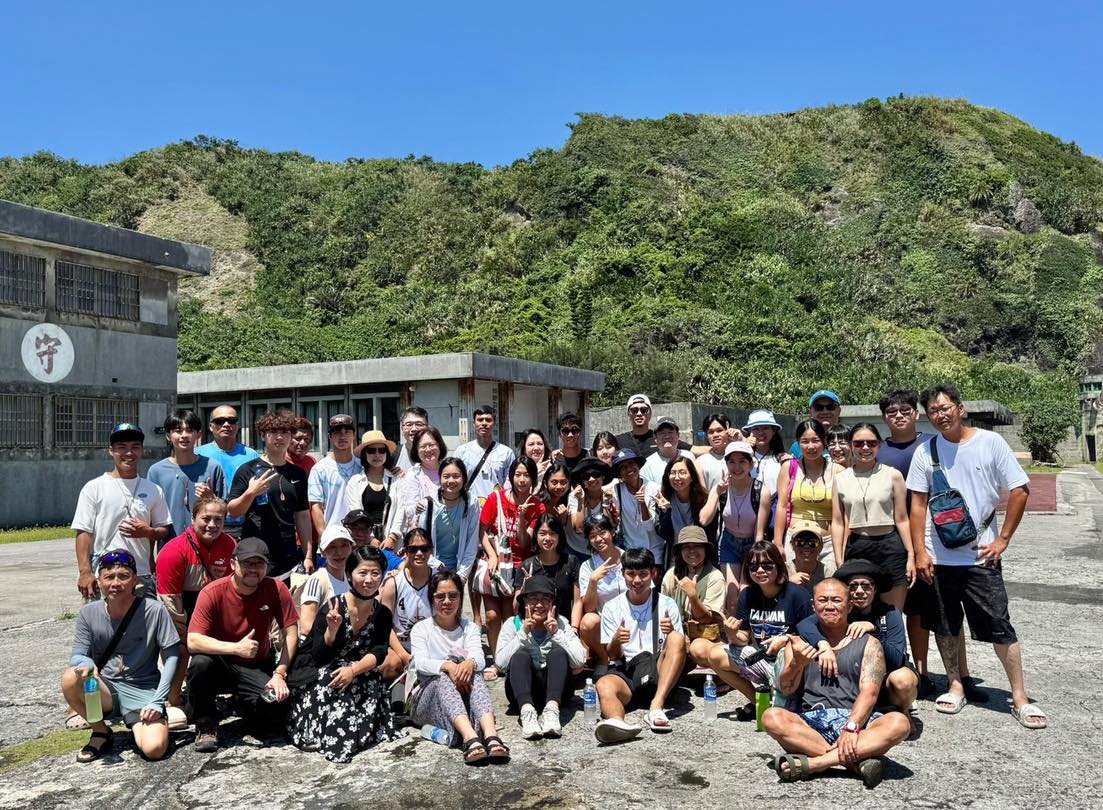
18 Riders, 72 Hours, Cycling Around the Island
18 riders taking turns, completing a round-island journey in seventy-two hours — this was far more than simply finishing a loop. It was a meticulously planned team expedition.
To accomplish the challenge, students from the Outdoor Education program’s cycling exploration group spent nearly an entire semester preparing. The Planning Team gathered route information, studying potential risks and supply points; the Medical Team monitored the health and condition of every rider; the Equipment Team repeatedly inspected and maintained the bicycles to ensure they could withstand the long-distance wear and tear; and the Media Team was responsible for documenting the entire journey. Whether physically strong or not, every role played an essential part in the success of the mission.
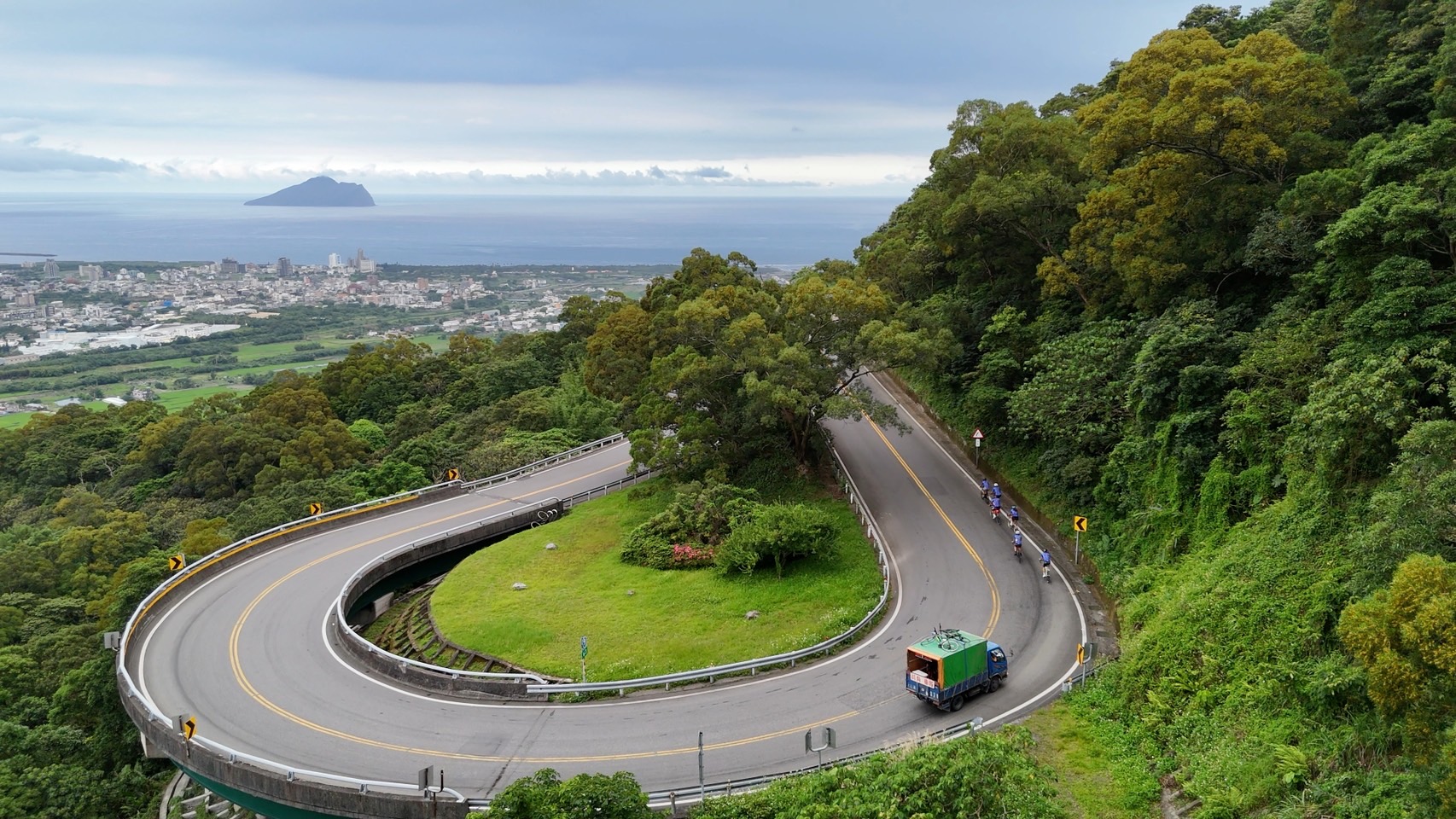
Students with stronger physical endurance often carried greater responsibilities. Hector and Ryan, two of the more athletic members of the team, were frequently assigned to lead at the front breaking the wind and setting the pace. They had to control their speed precisely, fast enough to maintain momentum, yet steady enough for those behind to keep up all while bearing the brunt of air resistance.
“Breaking the wind takes a lot of strength, and you need absolute focus. That’s really the most exhausting part,” they shared. For them, leading wasn’t about showing off; it was a responsibility because a single mistake at the front could affect the entire team.
Ryan’s most vivid memory came from the second day of the journey. Their group originally had six riders, but under the blazing sun, many were drained of energy until only three could continue. The three took turns leading at the front, cheering one another on, pushing together from Tainan all the way to Kaohsiung.
“It wasn’t about one person’s strength, it was the encouragement we gave each other,” he said with a smile.
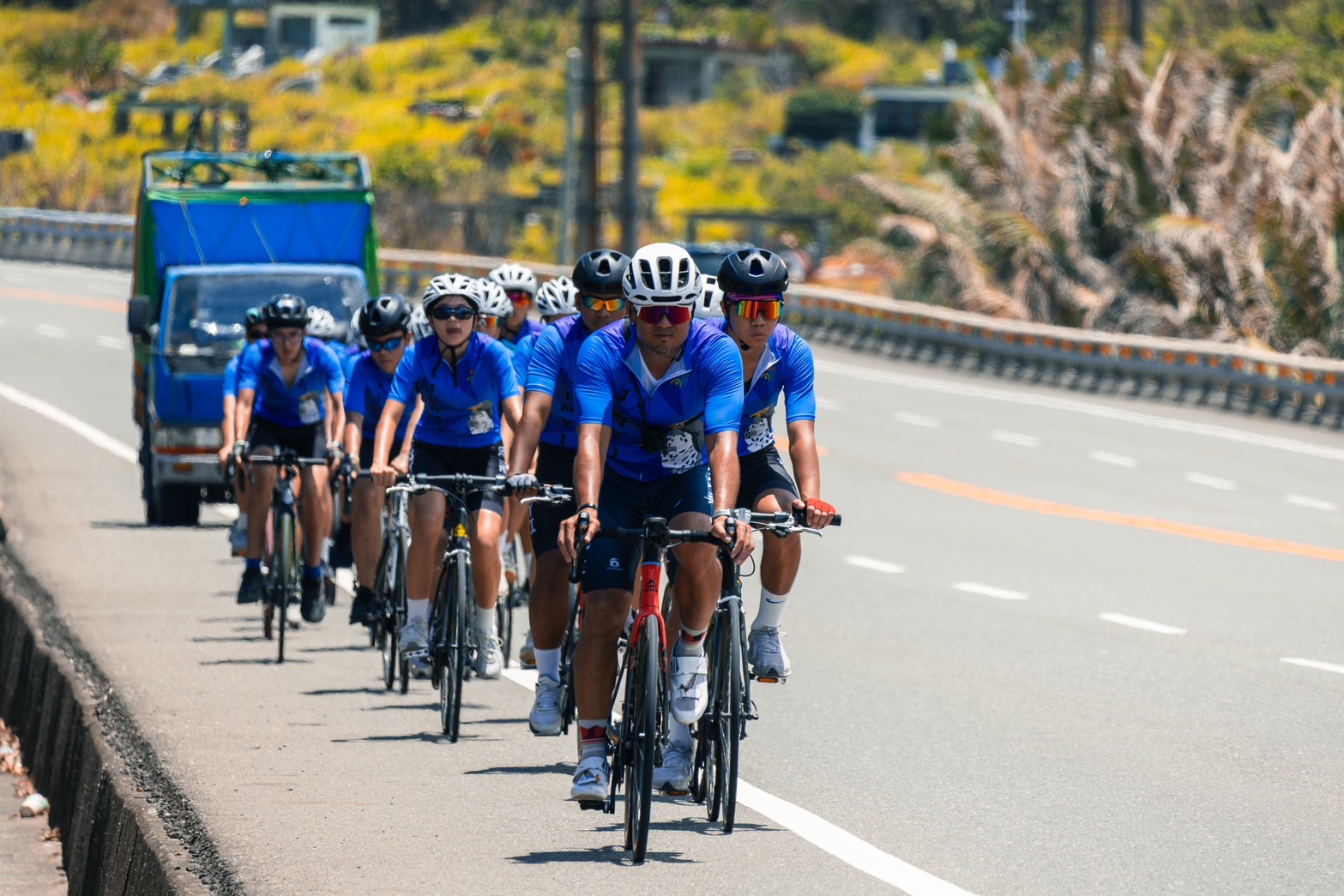
Hector also remembered a training ride to Donghe. On the return trip, they faced a strong headwind, and the team gradually began to fall behind. One classmate, who hadn’t eaten breakfast, became dizzy and couldn’t continue. Hector slowed down to stay at the back with another teammate, and when they reached an uphill stretch, he even reached out to push his friend’s back, helping him return to the main group.
Between Challenge and Applause
Physical endurance has never been the only measure of success. Teacher Rahic Sra explained, “Compared with the mountain exploration and ocean exploration groups, the cycling exploration group cannot predict every minute of the road conditions. A single careless moment could lead to an accident.” No matter which group – cycling, mountain, or ocean exploration, the real danger lies in the students’ mindset. At this age, without proper guidance, courage can easily turn into recklessness or competitiveness, or when they most need help, they may refuse to ask, unaware of how their condition can affect the entire team.
That’s why teachers constantly reminded them – courage is not about being the bravest or the strongest; cooperation matters more than winning or losing. Only when a student is willing to admit, “I need help,” can the whole team truly stay safe.
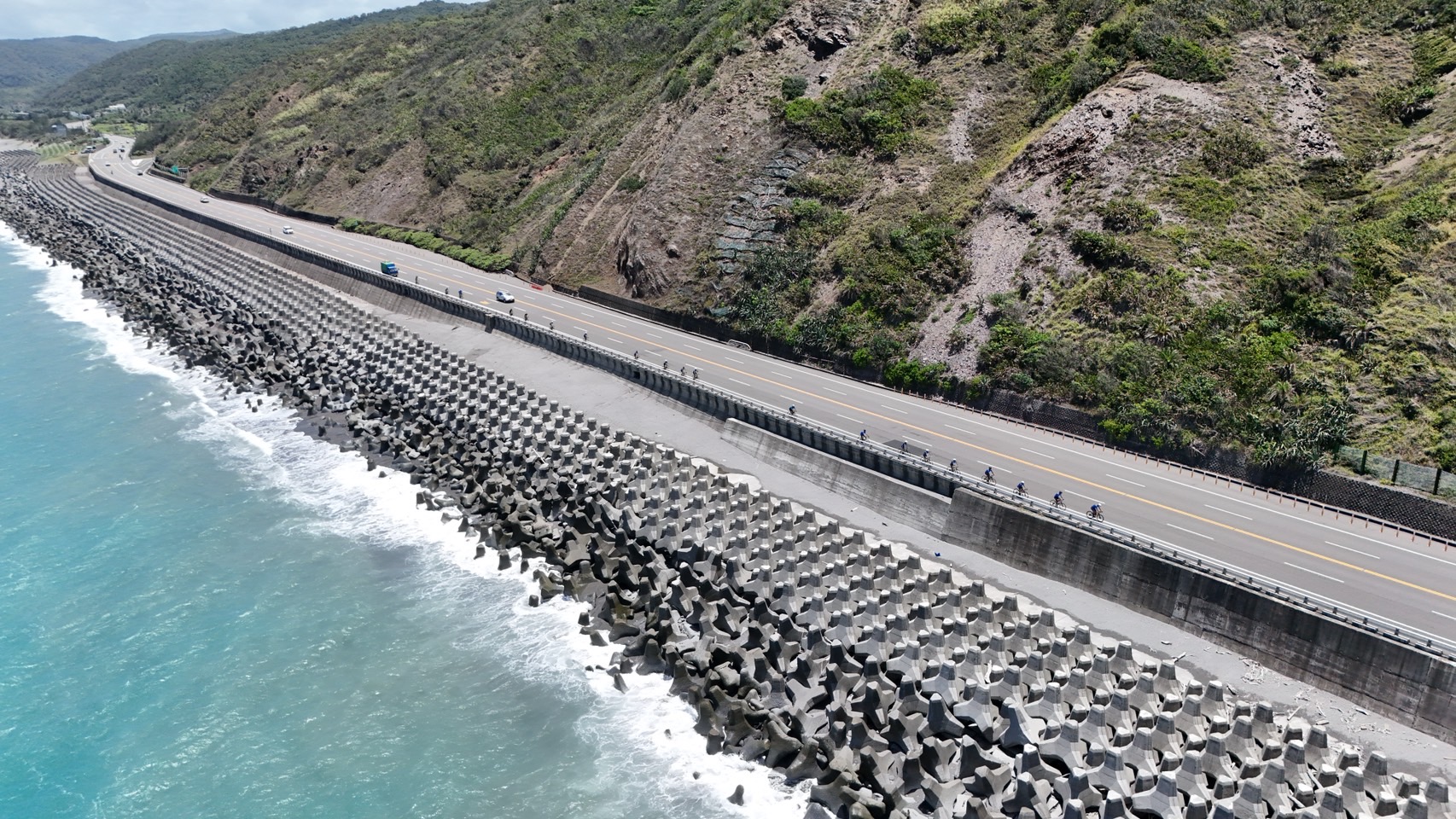
Some students in the cycling exploration group had previously participated in cycling competitions, where the focus was on speed and results. But in the Outdoor Education program, they began to enjoy the process, helping their classmates progress and grow together. Those who were too tired and had to rest in the support van didn’t just stop participating, they took on a different role, accompanying and supporting the classmates who continued riding.
On the last day of the ride, there were no rotations; everyone took part. From Pingtung to Taitung, the students gave their all, pushing the 72-hour cycling challenge to the finish line. When the team turned into Junyi’s gate, the campus was already filled with people, and the ocean exploration group of students who had completed their crossing the previous week were ready with applause to welcome them.
“When we returned to school, we just felt so tired!” But beyond the exhaustion, what the students felt most was gratitude. Among the volunteer parents who supported and protected the values of Outdoor Education program were also parents whose children had already graduated from Junyi. To receive such support during this journey of youth was, for the students, the greatest gift.
Crossing Mountains and Seas – and Then What?
“In the wild, you’re less emotional and more focused on solving problems, because when something happens, you have to deal with it right away. You can’t just walk away from your task because of an argument.” One student admitted that they had a quick temper, and when a classmate didn’t cooperate, “I really got angry,” but after the emotion passed, they learned to apologize. Others changed from “I just want to complete the challenge myself” to “thinking about the whole team.” Not everyone who rows fast makes the boat move forward, they had to find the rhythm of being on the same canoe. And in every new school year, there are always students who can’t ride a bike or have never been in the water, yet they still complete Junyi’s ultimate challenge in the end. This kind of learning can’t be found in textbooks but happens through constant practice and learning to see from others’ perspectives.
When asked whether the students had changed after such an unforgettable experience, Teacher Rahic Sra said, “At first, I would get anxious and wanted to hear them tell me what had changed about themselves. But, you have to wait.” He understood that the change in children might not be immediately visible, and their behavior could still make teachers feel frustrated. “But when a student is willing to tell me how they feel, that itself is a part of the Outdoor Education program.” Even if they can’t express it at the time, perhaps one day, when they are 36, they might suddenly remember this experience and understand.
The Outdoor Education program has never promised to bring immediate realizations or impact to a child’s life; it reflects a process closer to reality. As a teacher, Rahic Sra often reflects, “When I was their age, how did I wish adults would talk to me?” Being able to interact with students in this way is the true value of education.
The Outdoor Education program makes full use of Taitung’s natural environment. It is like a seed quietly planted in the hearts of children. One day, when they enter society and face challenges, this seed will remind them – I once crossed mountains and seas with my companions in my youth. That courage and awareness of teamwork will stay with them for life.
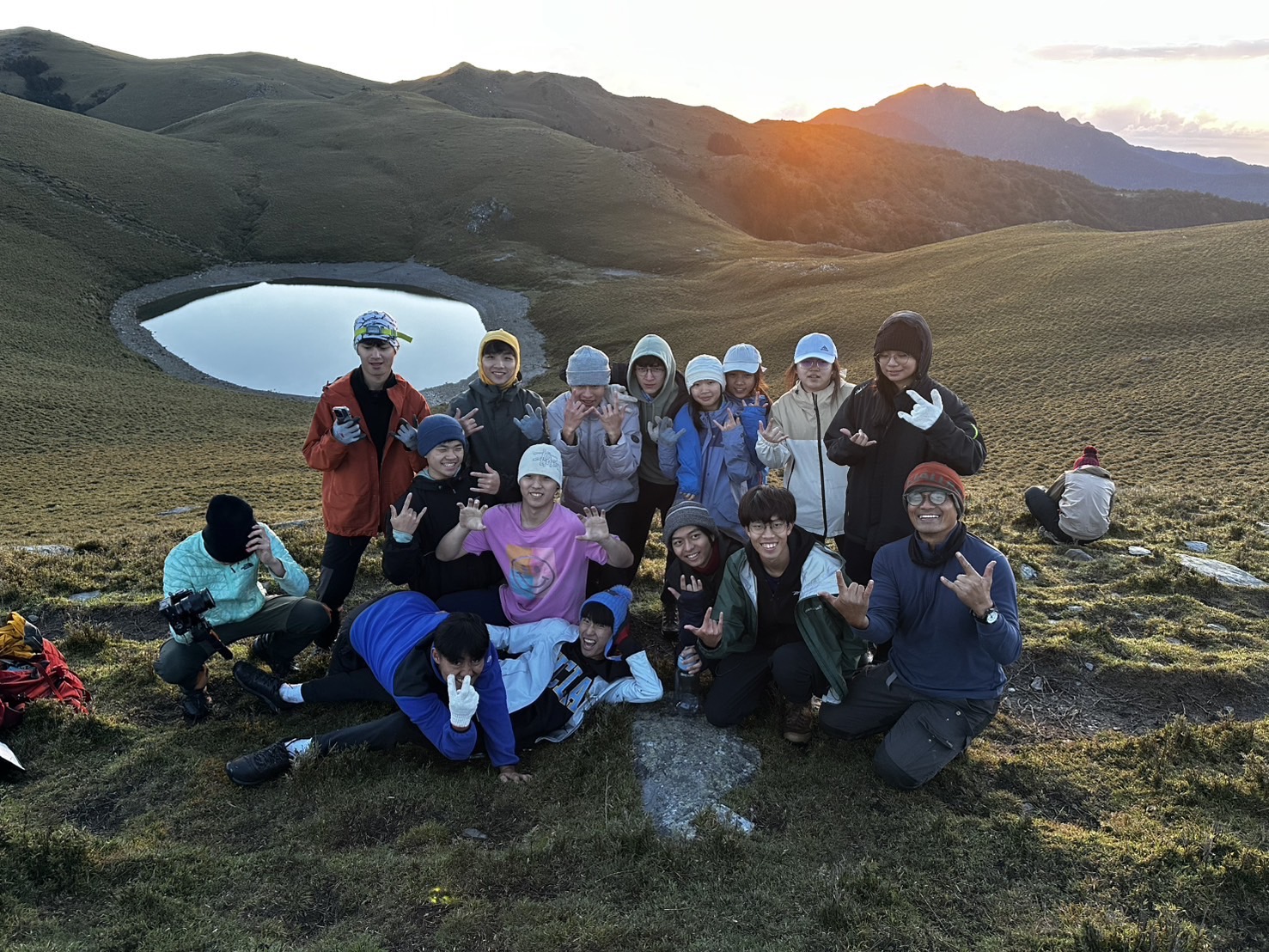
- Find myself and make me whole – exploring life in the wilderness
- Ocean exploration group: Green Island Crossing Documentary
- Cycling exploration group: 72hr Challenge Documentary

